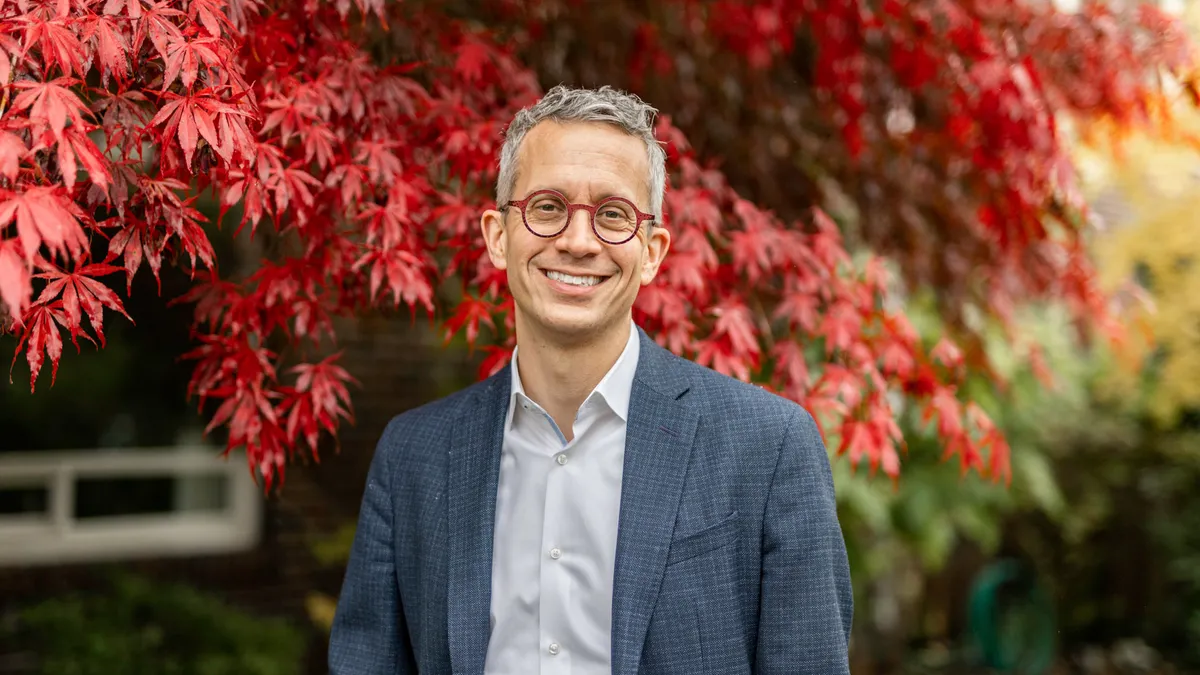For more than 40 years, researchers have been seeking to end the HIV epidemic. While no cure yet exists, the life sciences industry has made tremendous progress, and new long-acting preventative measures mark an incremental but significant step in that direction.
Monumental results from a Gilead study released last month showed that the company’s pre-exposure prophylaxis (PrEP) drug lenacapavir was 100% effective at preventing HIV in more than 2,000 cisgender women in South Africa and Uganda — and they only needed to receive the shot twice a year. If approved, lenacapavir would be the first prevention option with that much time between treatments.
“Long-acting PrEP has the potential to be a key resource in ending the HIV pandemic,” Dr. Jared Baeten, senior vice president of clinical development and virology therapeutic area head at Gilead, said in an email interview. “Despite years of progress, the world is still far from stopping the spread of HIV.”
More than 1 million people acquired HIV in 2022 alone, Baeten said, including 600,000 in Africa. In the U.S., the CDC estimated in 2018 that 400,000 people were taking PrEP while about twice that number of people should be benefiting from PrEP and were not. That estimate has likely grown since then, Baeten said.
Once-a-day pills like Gilead’s Descovy and Truvada marked a significant step in HIV prevention in past generations of PrEP, but a twice-yearly option that doesn’t involve a daily routine could entice new people to take the medication. Black and Latino men, Black cisgender women and transgender women are disproportionately affected by HIV in the U.S., but their usage of PrEP remains low, Baeten said, and an option like lenacapavir “could fill a critical gap.”
Inching toward a cure
Although an HIV cure was discussed as early as the 1980s when the medical community first became aware of the virus, efficacy numbers like lenacapavir’s demonstrate how close researchers have finally come.
“Long-acting formulations of PrEP are the next frontier in HIV prevention innovation,” Baeten said. “We see the future of treating and preventing HIV with person-centric medicines, including long-acting injectables, having the potential to improve health outcomes around the world and change the course of the epidemic for future generations.”
Currently, available preventatives and treatments fall short of delivering a cure. Besides PrEP, drug developers have also made progress on the long-acting treatment side of HIV. GSK and J&J’s Cabenuva, which received its first FDA approval in 2021, showed that 90% of patients remained undetectable after more than 11 months of treatment, similar to daily HIV pills. But, like PrEP, these work only as long as a patient continues to take them.
“Cure is an essential part of ending the HIV epidemic,” Baeten said. “Antiretroviral therapies effectively control the virus but cannot completely eradicate [the virus] in people with HIV, resulting in rapid viral rebound with ART discontinuation.”
Complex procedures like stem cell treatments have resulted in successful cures in a handful of patients, but low safety, accessibility and scalability of these treatments make them infeasible, Baeten said. Among several studies to find “permanent freedom from HIV,” Gilead and Merck & Co. recently showed in a mid-stage trial that a combination of lenacapavir and islatravir helped patients maintain viral suppression.
Looking ahead Gilead expects results in late 2024 or early 2025 from a late-stage trial for lenacapavir in cisgender men, transgender men and women and gender non-binary people who have sex with partners assigned male at birth, addressing even more populations at risk of HIV.
“It is the most comprehensive and diverse program for any investigational HIV PrEP medication ever conducted,” Baeten said.












